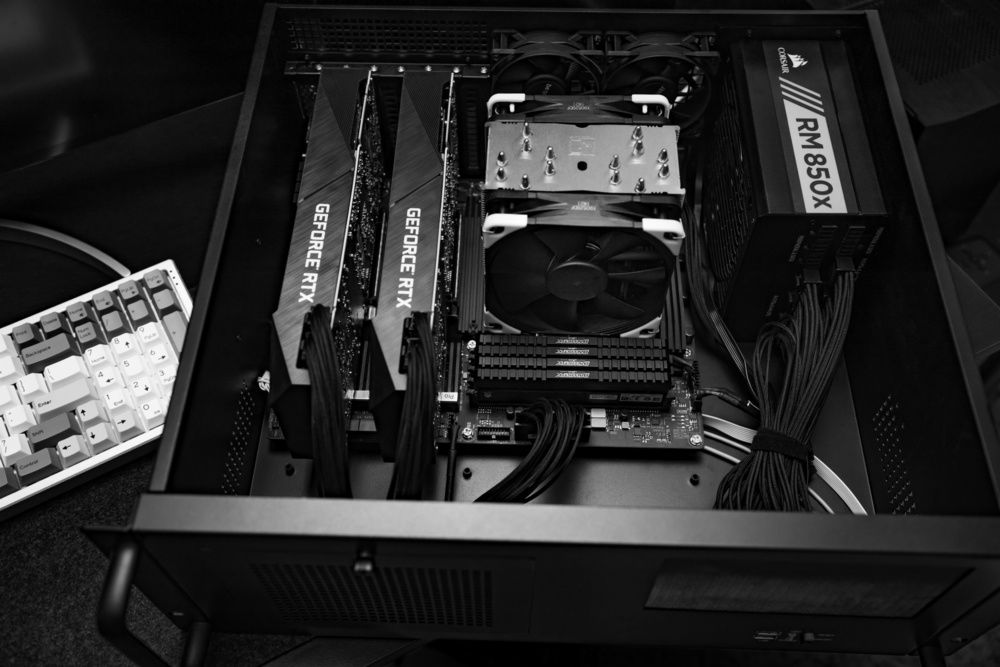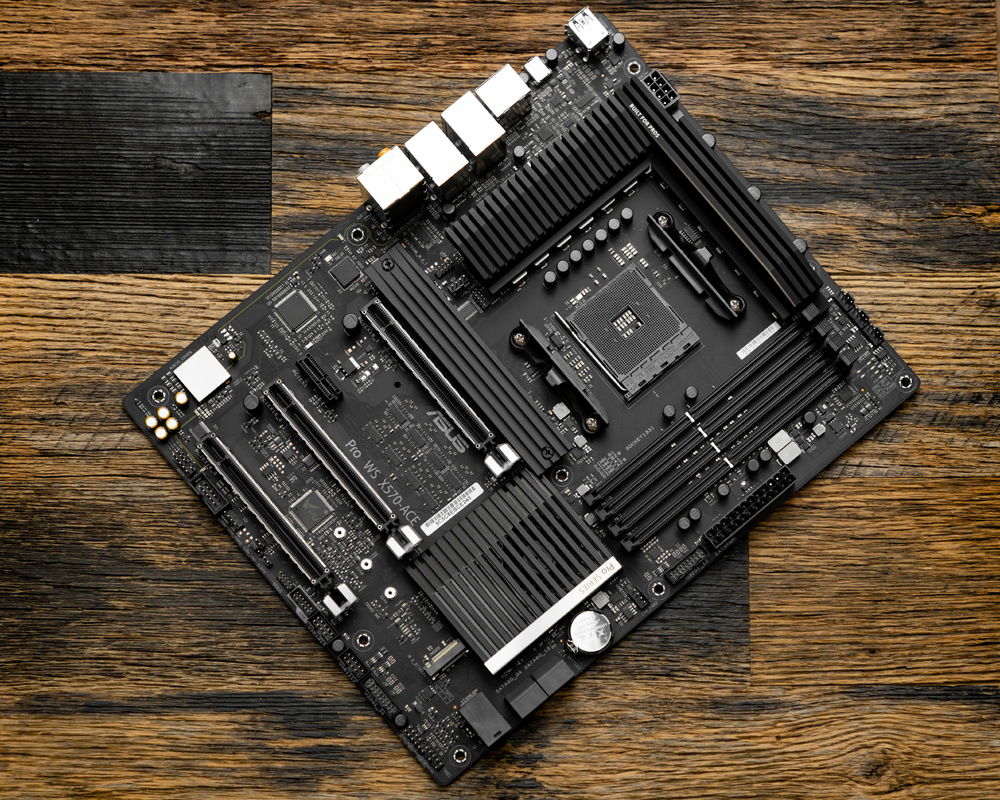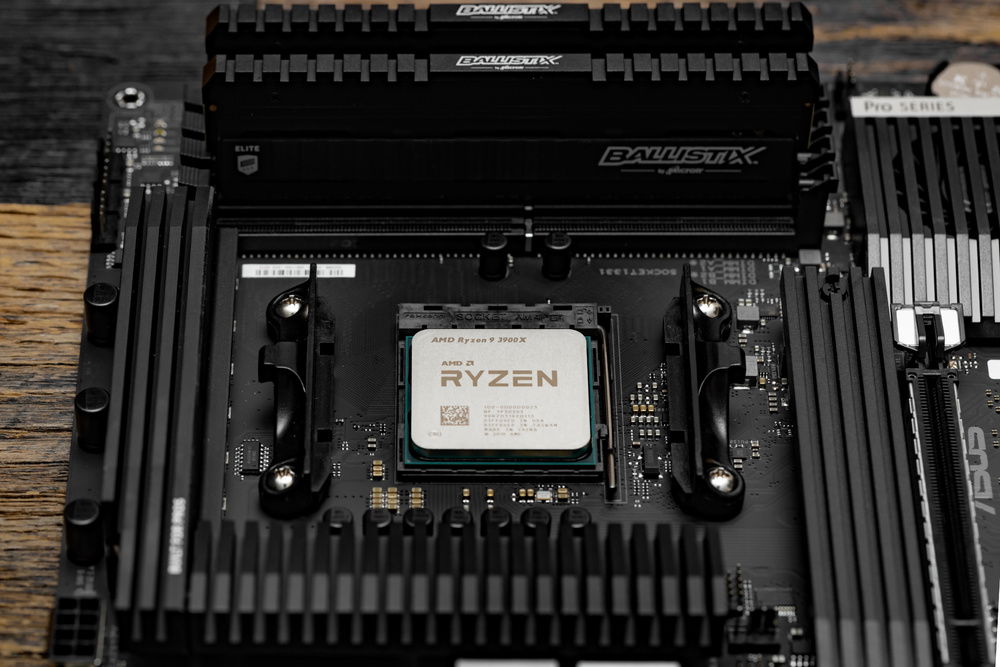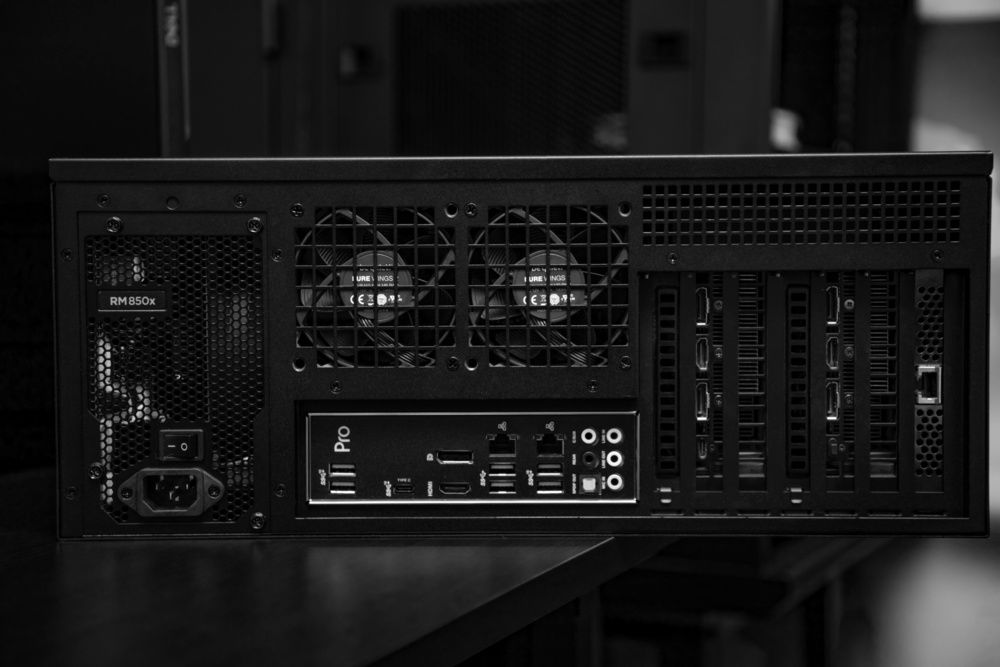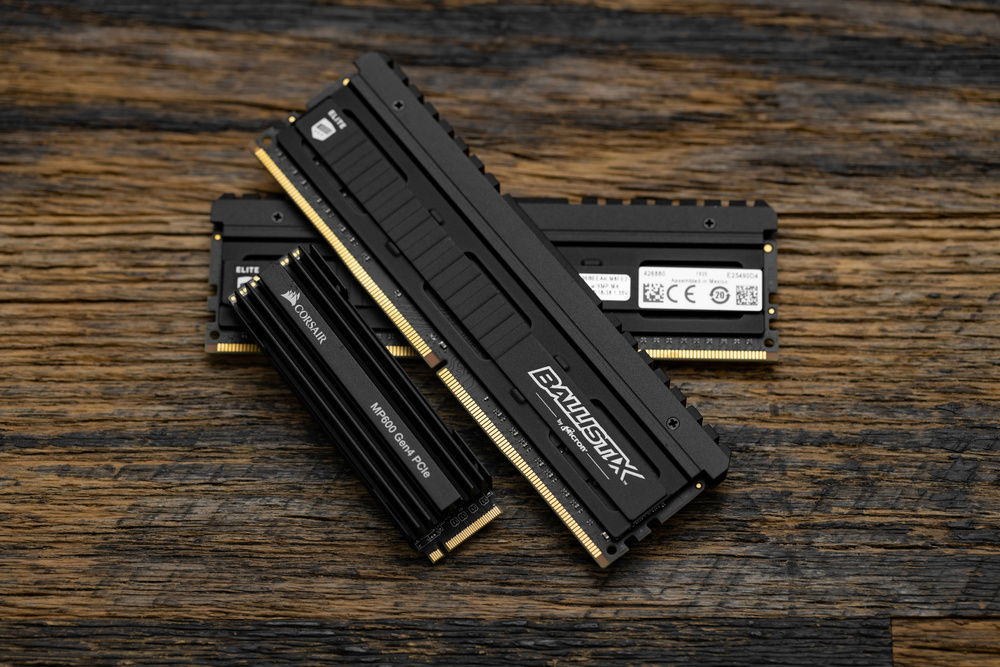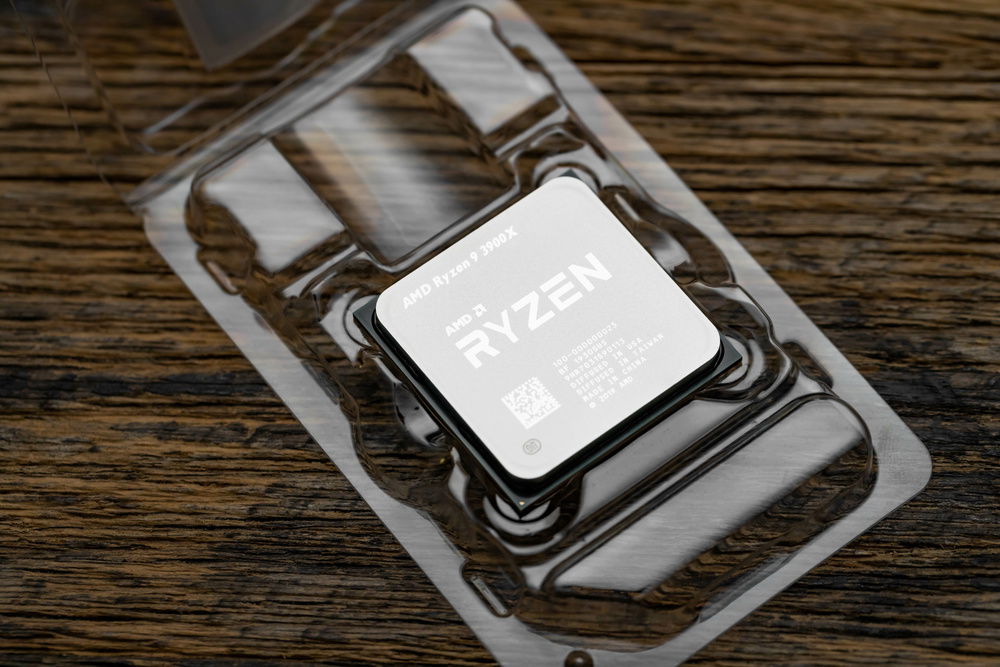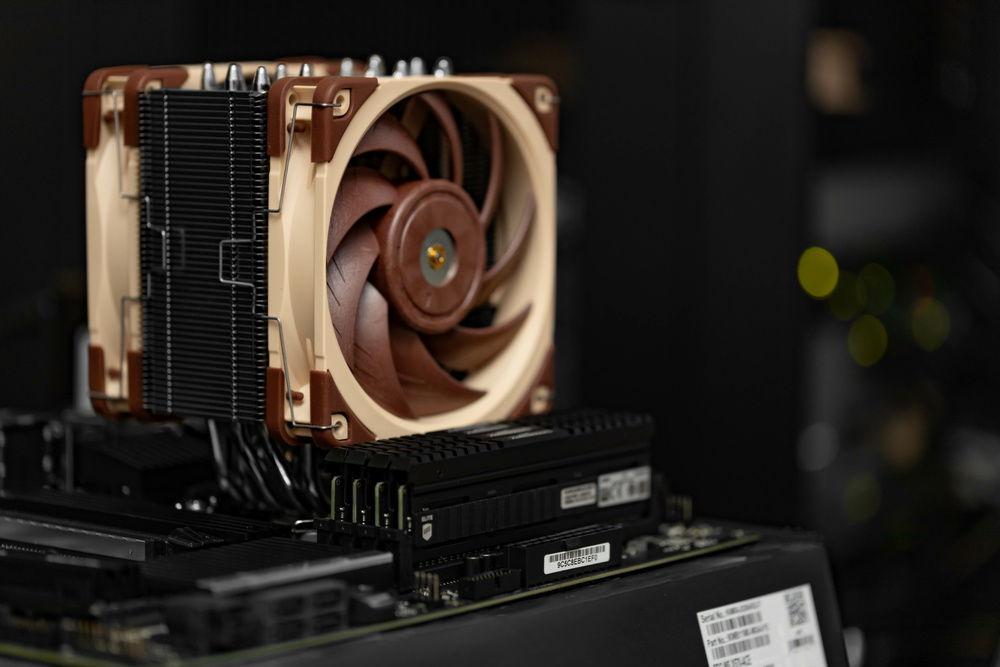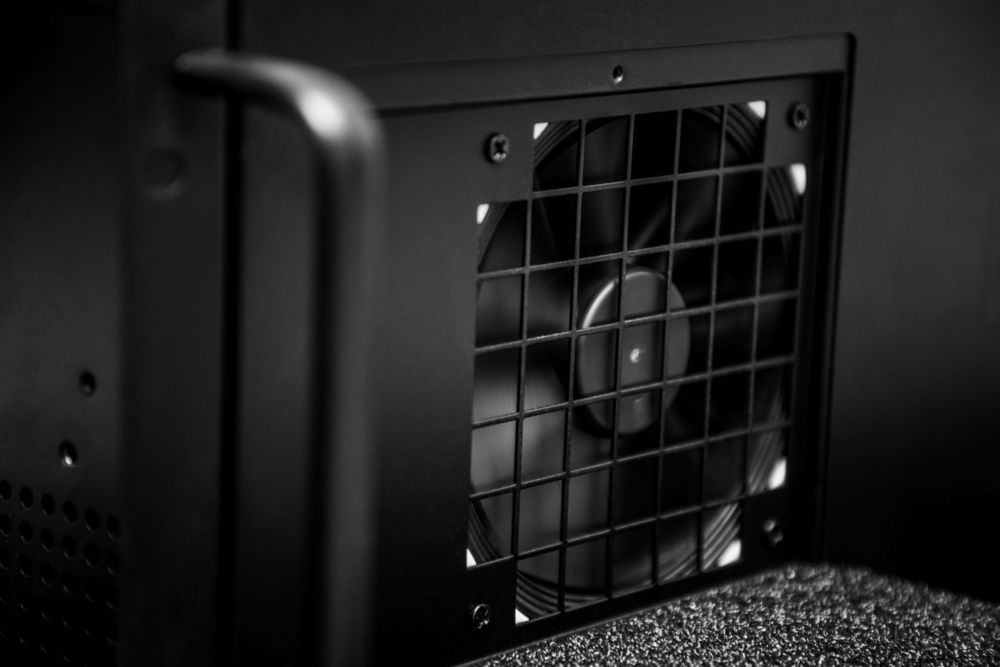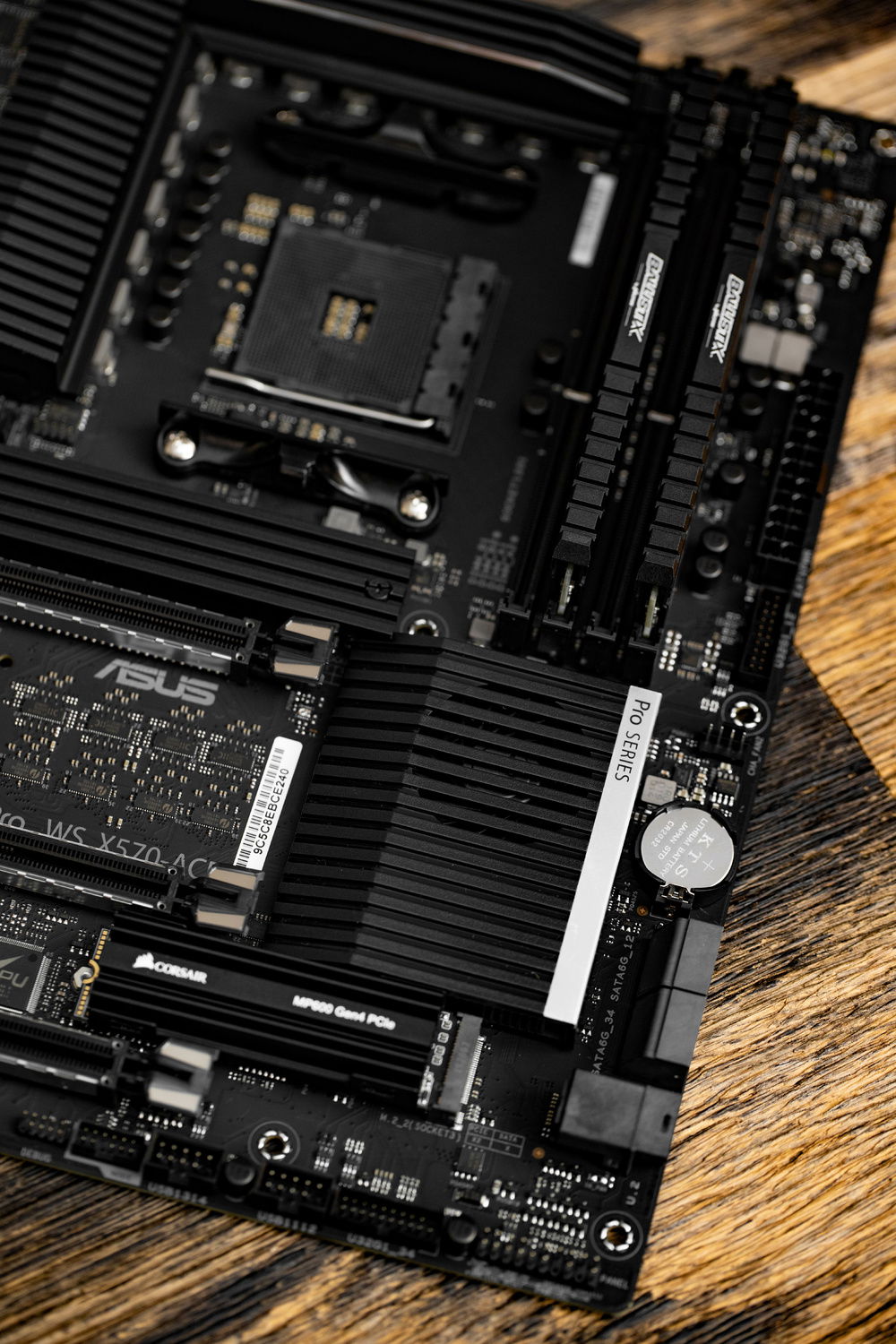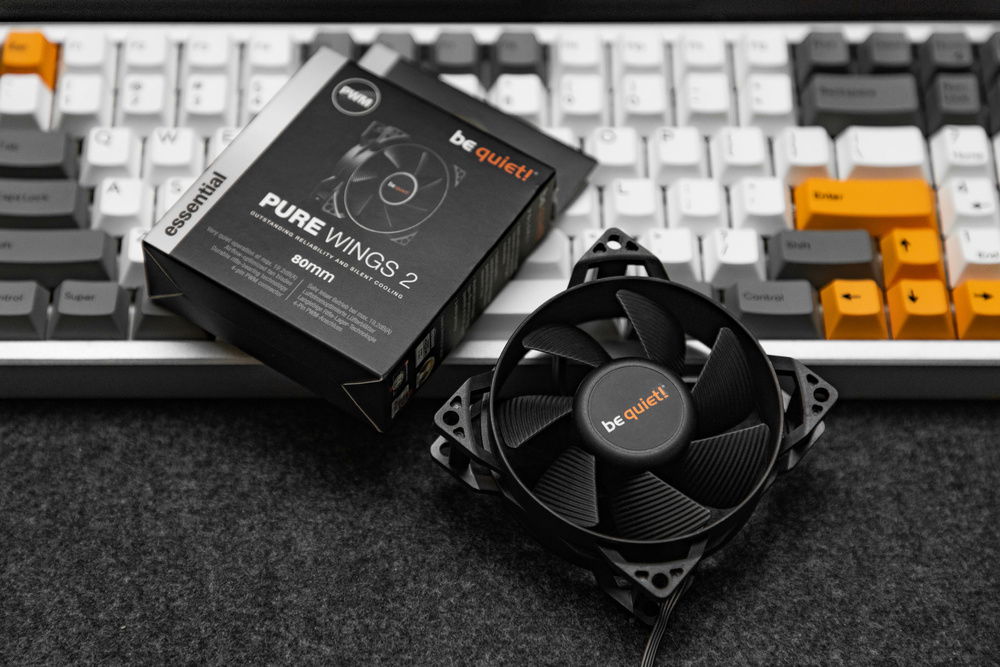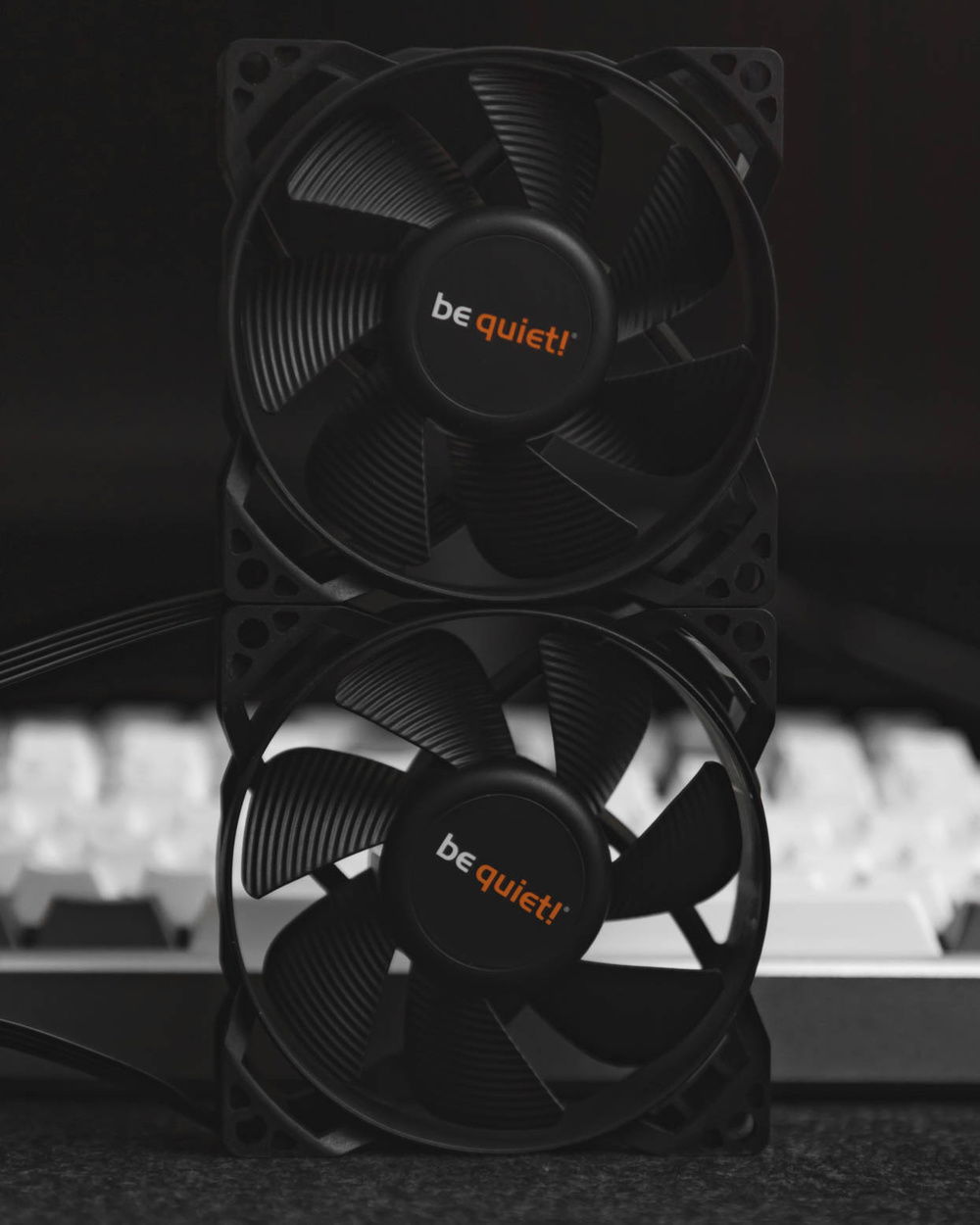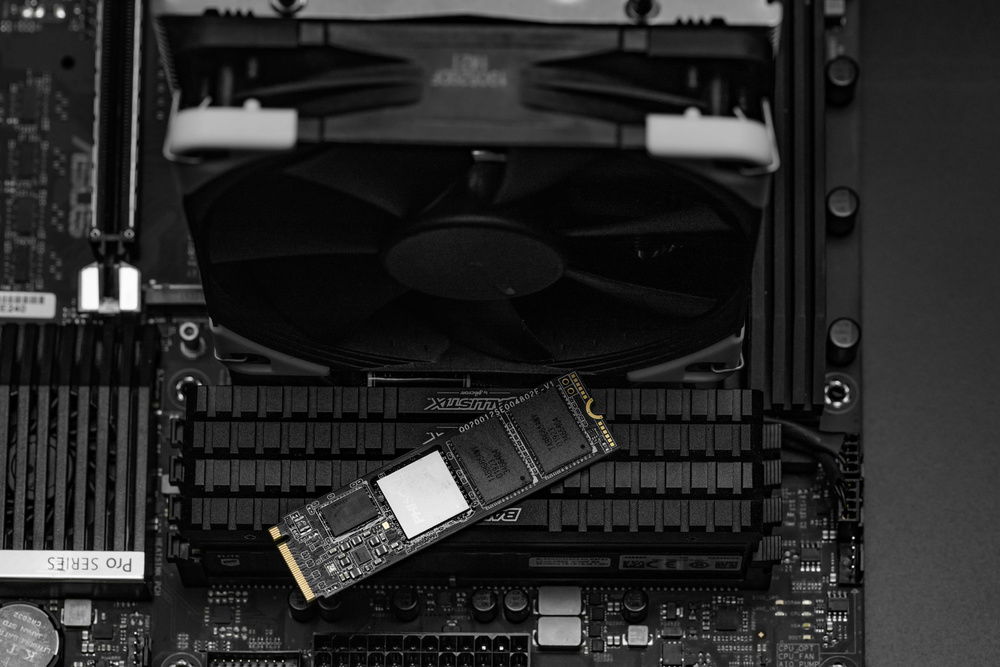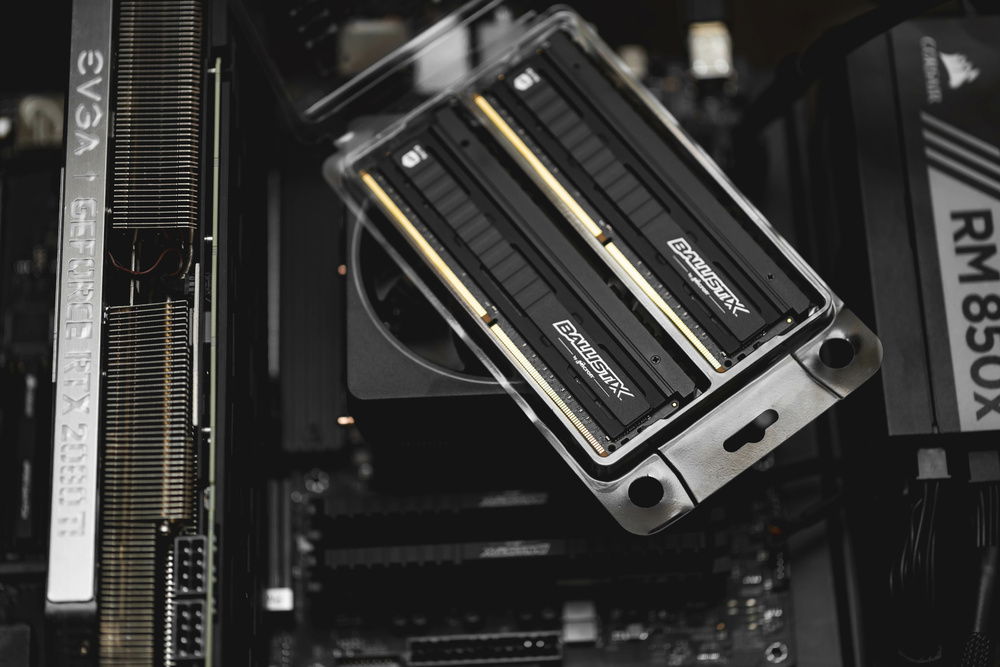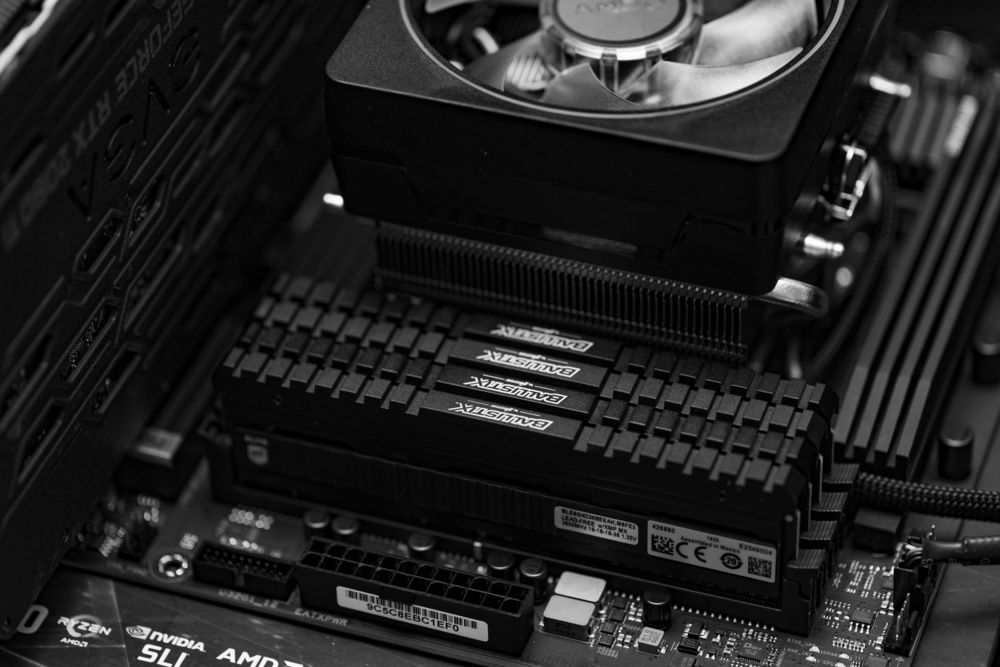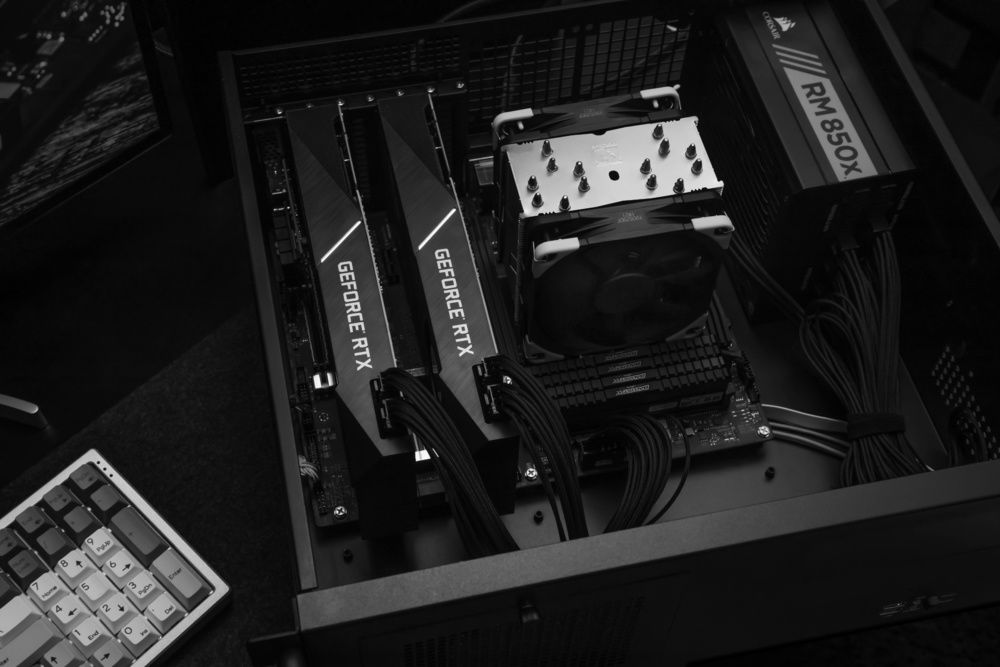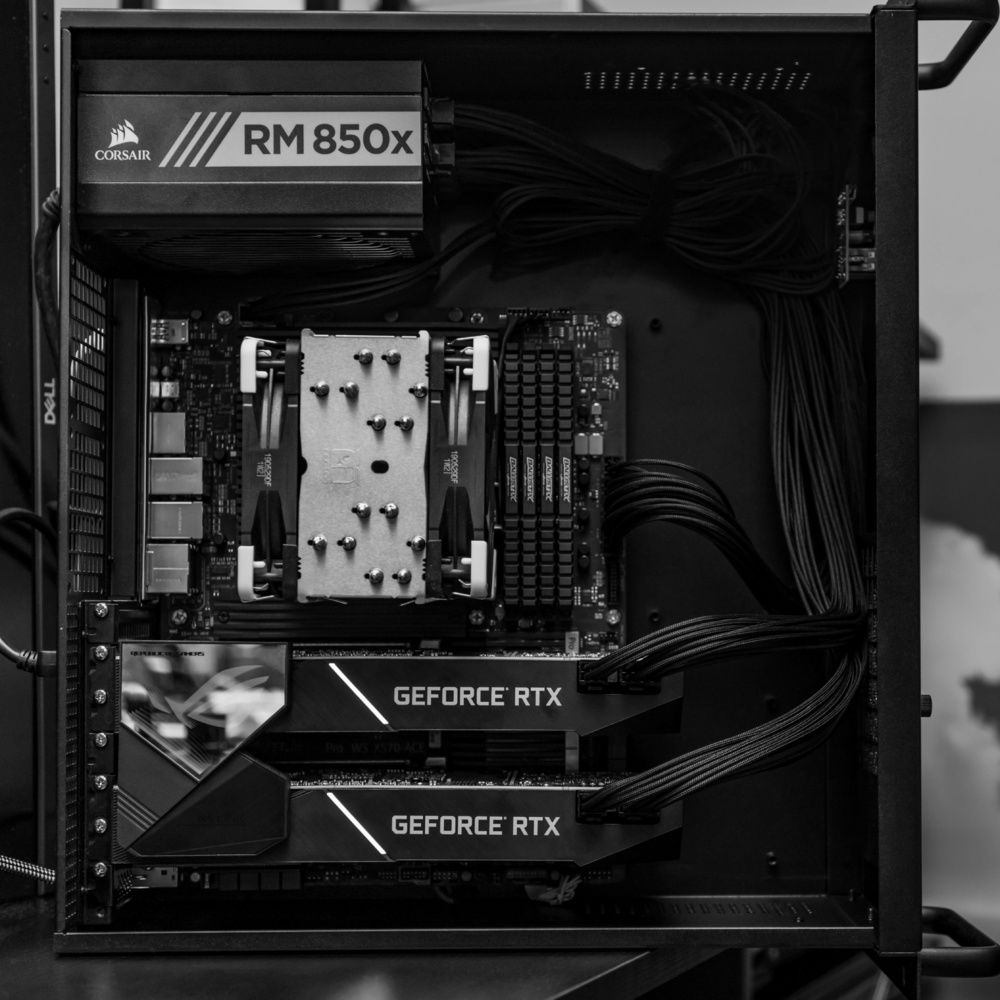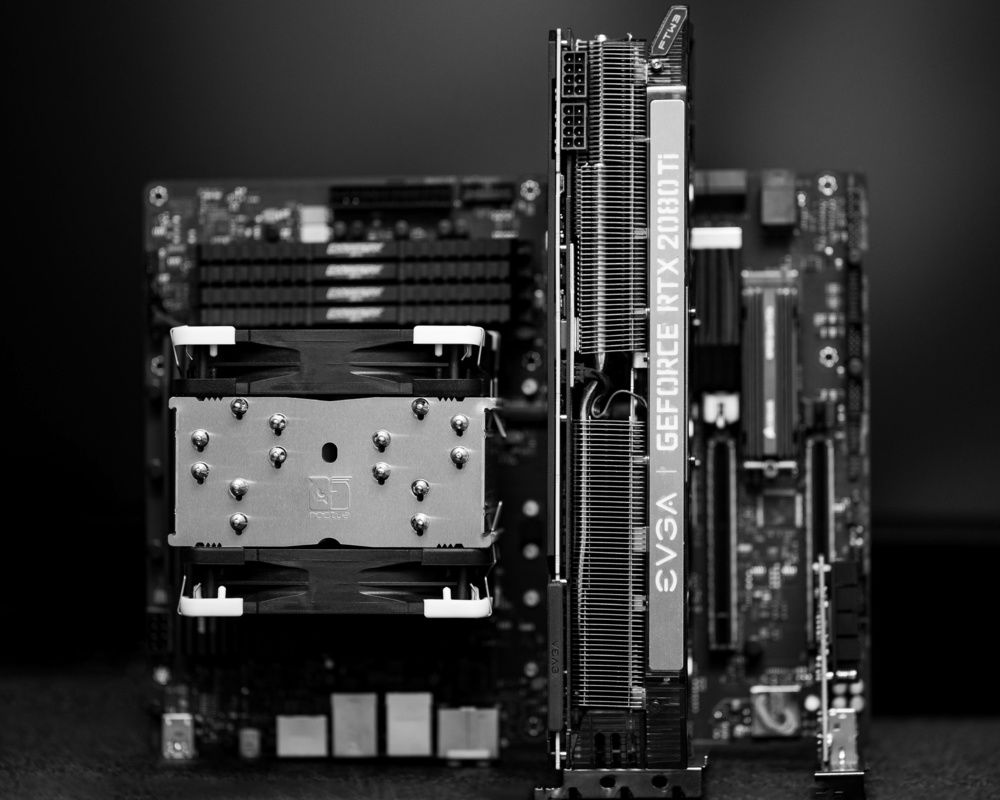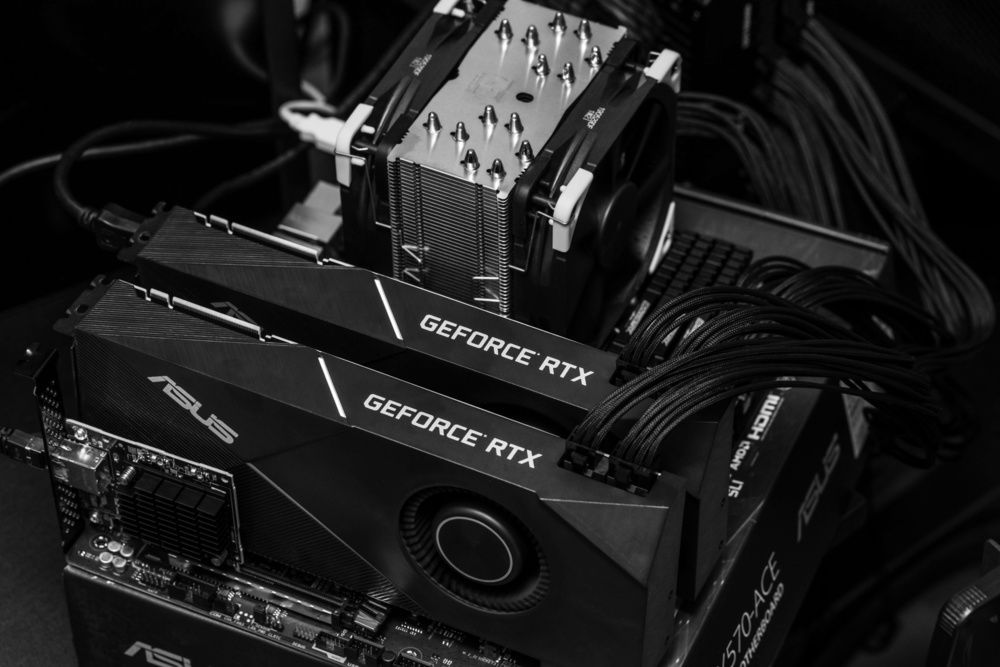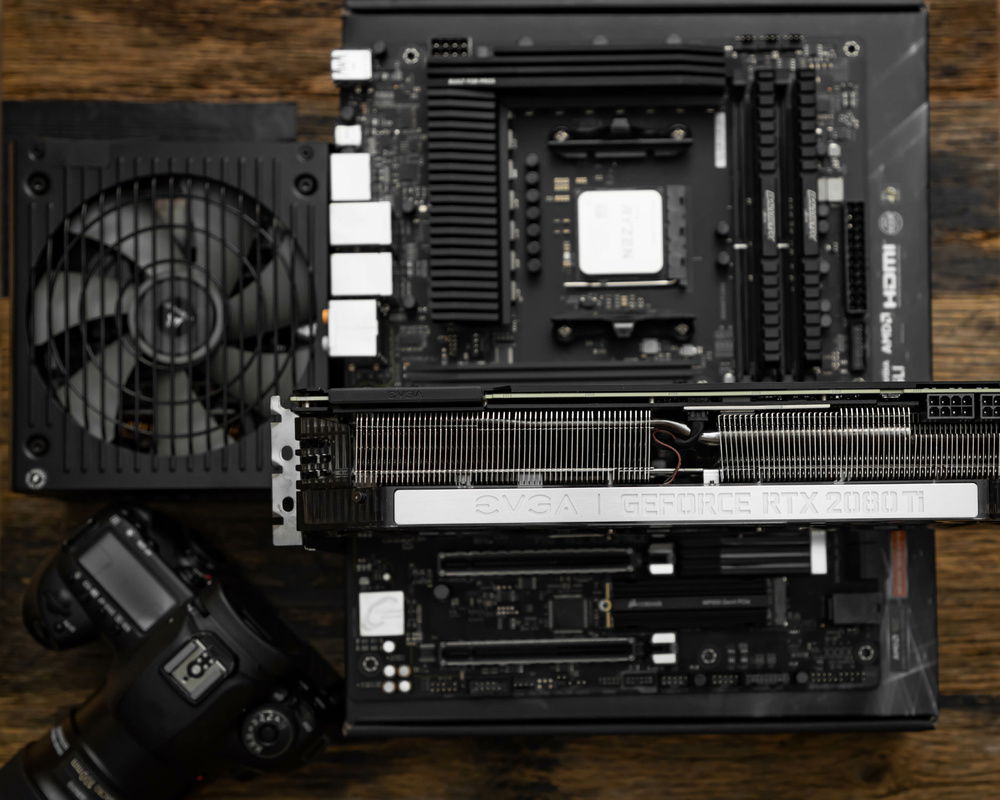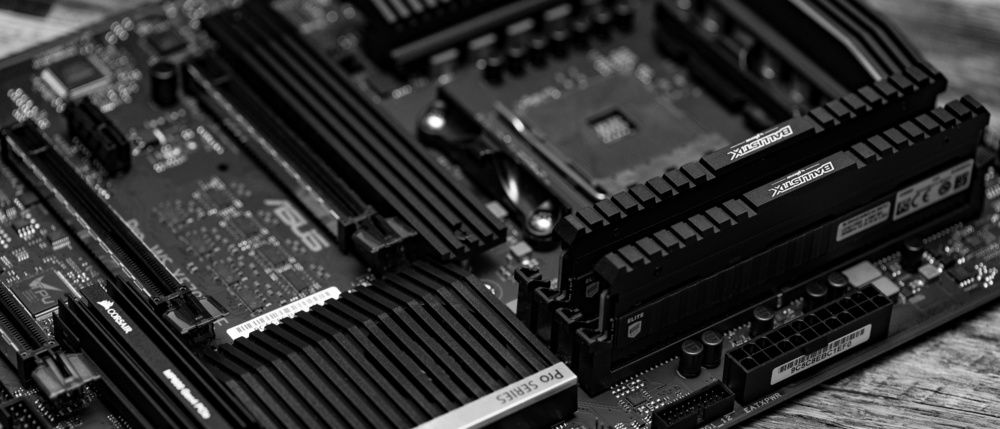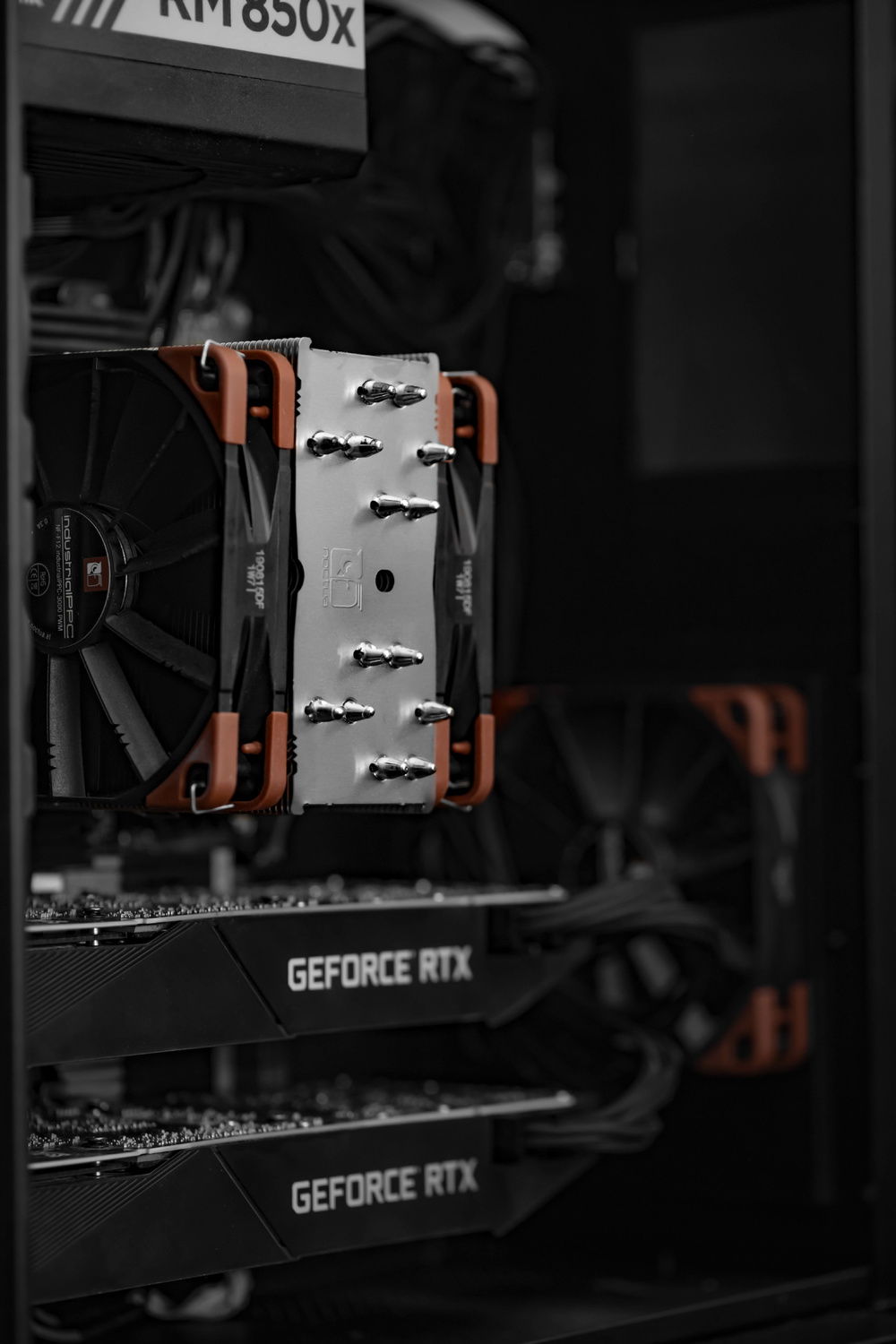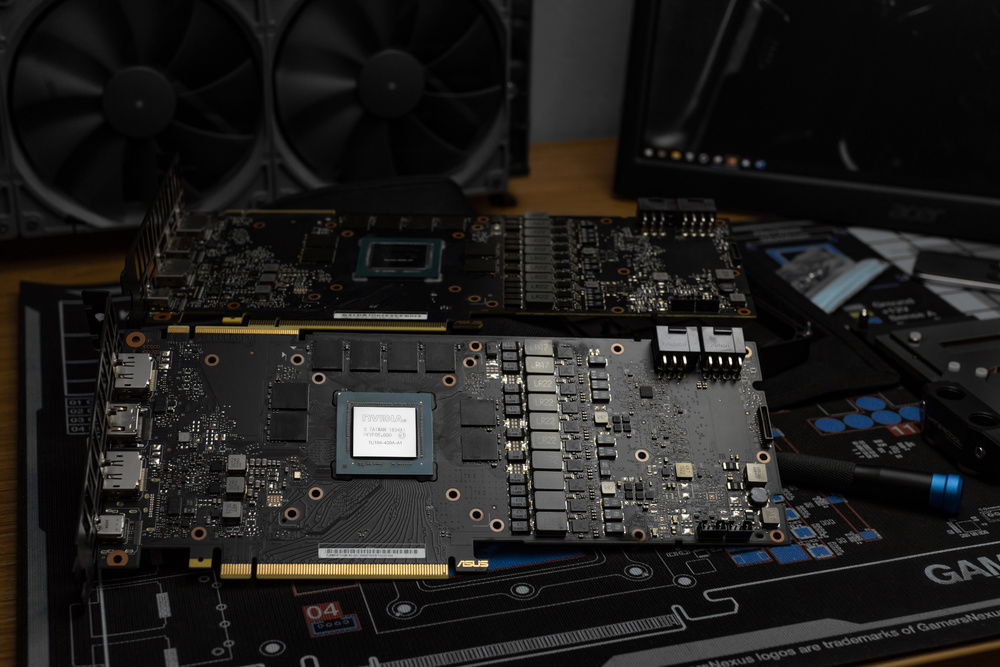Matte Machine (4U Rackmount)
This is a rackmount build going into my test/home lab.
New Parts:
AMD Ryzen 9 3950X 12-core
Noctua NH-U12A + 2x Noctua NF-F12 Chromax
ASUS AMD AM4 PRO WS X570-ACE ATX Workstation Motherboard
Crucial Ballistix Elite 16GB 2 x 8GB DDR4-3600
Corsair Force Series MP600 2TB Gen4 PCIe X4 NVMe M.2 SSD
Samsung SSD 960 PRO 1TB - NVMe PCIe M.2 2280 SSD
Corsair RM850x 850 Watt 80 Plus Gold ATX Modular Power
Rosewill RSV-R4100-4U Rackmount Server Case
Noctua NF-F12 Chromax (Front Intake)
2x be quiet! Pure Wings 2 80mm PWM
CableMod C-Series RMi/RMx Basic Cable Kit
Existing Parts:
Aquantia AQtion 10G AQN-107 NIC
2x ASUS Turbo GeForce RTX 2080
Asus NVLINK Bridge (Used only for Benchmarks, will not be permanently installed)
Mesh Used for Dual 5.25" Bay
Black Vented L Brackets
Things I loved about the build:
1. Ryzen 3000 of course! HEDT class performance has come to the mainstream. The 3900X is right on the heels on my 2950X in nearly everything I tested. It still gets handily beat when it comes to lane count, but performance is there all day.
2. Putting it all together. It was a seriously simple build that took all of 15 mins. This Rosewill chassis is essentially a big, empty box since I gutted the drive tray mechanism. Not having any cabled drives made it an absolute breeze. The Noctua installation was dead simple as always. It surprises me that it took other companies so long to simplify their designs when it comes to installation. Especially since the CPU area is so sensitive. Messing around near it is just not something you want to do.
3. Matte black everything. I got seriously lucky with component choice. I knew once I picked the board that I would want everything to be matte black. I hate gloss black for more reasons that one and aesthetically, matte finishes look better to me. The Ballistix Elite was always my favorite RAM kit visually. The no-nonsense design of the PRO WS X570-ACE was refreshing. Even the Aquantia NIC had a black PCB!
4. Per CCX overclocking! Benchmark stable, I was able to push CCX1 to 4.55GHz, which I believe is 3 cores at that speed. Memory support was also fantastic. I've never had trouble outside of first gen with getting memory to run at all , but I didn't have to play around too much to get this kit to 4000. I didn't want to dabble too much in Infinity Fabric clocks, so I kept it simple at 3600 after seeing if 4000 would post and complete a CB run. May play around more when this project is over.
5. I can't speak much about the project I'm working on involving PCIe Gen 4 due to restrictions of discussion, but the virtualization world has a bright future in PCIe Gen 4!
Challenges:
1. Case choice. From day one, I knew this would be a rackmount build. I'll be swapping components in and out of this build, so sliding it in and out of my rack on rails will be a lot easier than working with it on my desk. I bought a 3U case I liked, intending to leave the top off since it was going in a rack anyway, but it (and none of the other 3U cases I found) couldn't accommodate any manner of shrouded GPU. The next issue was wanting a front access case. There were only two above 2U. One was not an option because it was a 3U case in a 4U body, so I still could not use shrouded GPUs. The other was only available if you purchased the whole system from them. I ended up with this Rosewill case and I don't hate it.
2. The Pro WS X570-ACE. While I love this board for its looks, I bought it for its remote management capabilities. I knew it was a gamble because there wasn't much info about the board online, but getting it in-hand there wasn't much info about the board supplied with it. The Asus Control Center Express had 0 documentation and it also had a default password. When I spoke with Asus support about it, they kept referring me to the documentation about the full blown Asus Control Center software which is a much different product. It's in fact a CentOS based VM that I WISH the Express version was. A higher level of support did get back to me, but they also told me to just read the manual. This was after they hastily uploaded it, so the upload date was AFTER the date of my support ticket. Sadly, it was a "getting started" guide which really doesn't explain much about the product (and supply the default password). Seems like the feature was rushed. A lot of the remote management capabilities in the express version are software based. Windows-only at that. This was disappointing. You can turn the machine on or off , update the BIOS, and clear CMOS. When you think of this out-of-band management you'd think KVM support was possible, but it isn't. I was basing this off of their marketing material which states "Its out-of-band management enables hardware-level control such as remote hardware reset, BIOS setting and update, and operating system installation across multiple clients, and remotely troubleshoot crashes or unexpected shutdowns." Oh well. I still like it. I just think for the lack of true remote management features, the pricetag is way off. Who knows. Maybe its in the works or just needs more/better documentation. I've put in another support ticket asking for more detailed explanation of features/documentation.
This build with run double duty. I plan on using it for LTT's Folding Month event, but will also be using it to test certain products supplied to me by a certain company. It's got a lot to do with virtualization and PCIe Gen 4, but an NDA prevents me from discussing anything further. I'll be swapping components in and out of this build, sliding it in and out of my rack on rails will be a lot easier than working with it on my desk.
Other Build/System Notes:
When taking out the hard drive mounting cage thing, that meant the 5.25" drive bays had nothing to mount to. The plan then was to put a piece of mesh there instead which would allow for more air to enter the system. I cut a magnetic dust cover to size and used some electrical tape to mount it. It's great because I can see the mobo diagnostic lights this way!
Overall, my lab is pretty loud so fan noise isn't a concern, but the Pure Wings 2 @ 100% are still so quiet that I would run them near 100% even if this was a silence focused build.
Some misconceptions that could arise from photos: I put the heatsink that came with the MP600 on the 960 since it went to well aesthetically, so yes, the MP600 is in the correct slot. Also, there are exhaust fans. They were just the last part to arrive, so they're only shown in the completed photo in the beginning.
A 4.4GHz all-core Cinebench R15 run (3473) puts this thing right on the heels of my 2950X. (My best 2950X run was 3672 @ 4.28GHz).
My daily driver clock 4.2GHz at 1.287V. Idles at 39C in my rack and hits 66 under load.
New Parts:
AMD Ryzen 9 3950X 12-core
Noctua NH-U12A + 2x Noctua NF-F12 Chromax
ASUS AMD AM4 PRO WS X570-ACE ATX Workstation Motherboard
Crucial Ballistix Elite 16GB 2 x 8GB DDR4-3600
Corsair Force Series MP600 2TB Gen4 PCIe X4 NVMe M.2 SSD
Samsung SSD 960 PRO 1TB - NVMe PCIe M.2 2280 SSD
Corsair RM850x 850 Watt 80 Plus Gold ATX Modular Power
Rosewill RSV-R4100-4U Rackmount Server Case
Noctua NF-F12 Chromax (Front Intake)
2x be quiet! Pure Wings 2 80mm PWM
CableMod C-Series RMi/RMx Basic Cable Kit
Existing Parts:
Aquantia AQtion 10G AQN-107 NIC
2x ASUS Turbo GeForce RTX 2080
Asus NVLINK Bridge (Used only for Benchmarks, will not be permanently installed)
Mesh Used for Dual 5.25" Bay
Black Vented L Brackets
Things I loved about the build:
1. Ryzen 3000 of course! HEDT class performance has come to the mainstream. The 3900X is right on the heels on my 2950X in nearly everything I tested. It still gets handily beat when it comes to lane count, but performance is there all day.
2. Putting it all together. It was a seriously simple build that took all of 15 mins. This Rosewill chassis is essentially a big, empty box since I gutted the drive tray mechanism. Not having any cabled drives made it an absolute breeze. The Noctua installation was dead simple as always. It surprises me that it took other companies so long to simplify their designs when it comes to installation. Especially since the CPU area is so sensitive. Messing around near it is just not something you want to do.
3. Matte black everything. I got seriously lucky with component choice. I knew once I picked the board that I would want everything to be matte black. I hate gloss black for more reasons that one and aesthetically, matte finishes look better to me. The Ballistix Elite was always my favorite RAM kit visually. The no-nonsense design of the PRO WS X570-ACE was refreshing. Even the Aquantia NIC had a black PCB!
4. Per CCX overclocking! Benchmark stable, I was able to push CCX1 to 4.55GHz, which I believe is 3 cores at that speed. Memory support was also fantastic. I've never had trouble outside of first gen with getting memory to run at all , but I didn't have to play around too much to get this kit to 4000. I didn't want to dabble too much in Infinity Fabric clocks, so I kept it simple at 3600 after seeing if 4000 would post and complete a CB run. May play around more when this project is over.
5. I can't speak much about the project I'm working on involving PCIe Gen 4 due to restrictions of discussion, but the virtualization world has a bright future in PCIe Gen 4!
Challenges:
1. Case choice. From day one, I knew this would be a rackmount build. I'll be swapping components in and out of this build, so sliding it in and out of my rack on rails will be a lot easier than working with it on my desk. I bought a 3U case I liked, intending to leave the top off since it was going in a rack anyway, but it (and none of the other 3U cases I found) couldn't accommodate any manner of shrouded GPU. The next issue was wanting a front access case. There were only two above 2U. One was not an option because it was a 3U case in a 4U body, so I still could not use shrouded GPUs. The other was only available if you purchased the whole system from them. I ended up with this Rosewill case and I don't hate it.
2. The Pro WS X570-ACE. While I love this board for its looks, I bought it for its remote management capabilities. I knew it was a gamble because there wasn't much info about the board online, but getting it in-hand there wasn't much info about the board supplied with it. The Asus Control Center Express had 0 documentation and it also had a default password. When I spoke with Asus support about it, they kept referring me to the documentation about the full blown Asus Control Center software which is a much different product. It's in fact a CentOS based VM that I WISH the Express version was. A higher level of support did get back to me, but they also told me to just read the manual. This was after they hastily uploaded it, so the upload date was AFTER the date of my support ticket. Sadly, it was a "getting started" guide which really doesn't explain much about the product (and supply the default password). Seems like the feature was rushed. A lot of the remote management capabilities in the express version are software based. Windows-only at that. This was disappointing. You can turn the machine on or off , update the BIOS, and clear CMOS. When you think of this out-of-band management you'd think KVM support was possible, but it isn't. I was basing this off of their marketing material which states "Its out-of-band management enables hardware-level control such as remote hardware reset, BIOS setting and update, and operating system installation across multiple clients, and remotely troubleshoot crashes or unexpected shutdowns." Oh well. I still like it. I just think for the lack of true remote management features, the pricetag is way off. Who knows. Maybe its in the works or just needs more/better documentation. I've put in another support ticket asking for more detailed explanation of features/documentation.
This build with run double duty. I plan on using it for LTT's Folding Month event, but will also be using it to test certain products supplied to me by a certain company. It's got a lot to do with virtualization and PCIe Gen 4, but an NDA prevents me from discussing anything further. I'll be swapping components in and out of this build, sliding it in and out of my rack on rails will be a lot easier than working with it on my desk.
Other Build/System Notes:
When taking out the hard drive mounting cage thing, that meant the 5.25" drive bays had nothing to mount to. The plan then was to put a piece of mesh there instead which would allow for more air to enter the system. I cut a magnetic dust cover to size and used some electrical tape to mount it. It's great because I can see the mobo diagnostic lights this way!
Overall, my lab is pretty loud so fan noise isn't a concern, but the Pure Wings 2 @ 100% are still so quiet that I would run them near 100% even if this was a silence focused build.
Some misconceptions that could arise from photos: I put the heatsink that came with the MP600 on the 960 since it went to well aesthetically, so yes, the MP600 is in the correct slot. Also, there are exhaust fans. They were just the last part to arrive, so they're only shown in the completed photo in the beginning.
A 4.4GHz all-core Cinebench R15 run (3473) puts this thing right on the heels of my 2950X. (My best 2950X run was 3672 @ 4.28GHz).
My daily driver clock 4.2GHz at 1.287V. Idles at 39C in my rack and hits 66 under load.
Color(s): Black
RGB Lighting? No
Theme: Color
Cooling: Air Cooling
Size: ATX
Type: General Build
Hardware
CPU
Motherboard
$ 469.99
Memory
$ 179.00
Storage
$ 89.95
PSU
$ 138.02
Case Fan
$ 18.80
Case Fan
$ 18.80
Case Fan
$ 89.85
Cooling
CableMod
CableMod
Approved by:
